언어 변경 :
내마모성 플라스틱을 사용한 3D 프린팅 – 기존 소재보다 최대 50배 더 긴 사용 수명
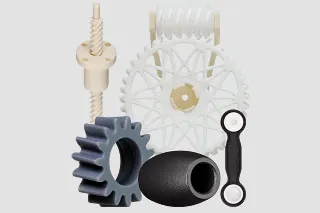
이구스의 3D 프린팅 소재는 마찰과 마모에 특별히 대응하는 유일한 필라멘트, 파우더 및 합성 레진입니다. 이구스의 3D 프린팅 소재는 다음과 같은 특징을 보장합니다: 고체 윤활제가 내장되어 있어 유지보수가 필요 없고, 기존의 모든 플라스틱(예: POM, ABS 또는 나일론)보다 수명이 길며, 사출 성형과 비슷한 수준의 견고성을 갖춘 부품을 제공합니다. 지금 바로 FDM, 레이저 소결 및 DLP 3D 프린팅을 위한 다양한 소재를 확인해 보세요.
⯈ 소재 샵으로 이동
3D 프린터가 없는데 igus에서 내마모성 부품을 프린팅하고 싶으신가요?
이구스의 온라인 3D 프린팅 서비스에서 CAD 파일을 쉽게 업로드하고 부품의 수명까지 계산할 수 있습니다. 이구스는 자체 소재를 사용하여 개별 부품 또는 시리즈를 제조합니다. 주문하신 제품은 1~3일 내에 배송 준비가 완료됩니다!
3D 프린팅 서비스 바로가기
이구스 3D 프린팅 공정 및 소재
현장의 실제 적용 사례
3D 프린팅 부품은 윤활유가 필요 없고 유지보수가 필요 없어야 한다는 것이 비즈니스 파트너들의 공통된 요구 사항입니다. 그러나 다른 애플리케이션별 요구 사항도 충족해야 합니다. 3D 프린팅 서비스 를 이구스에서 받아보세요.
3D 프린팅 혁신 사항
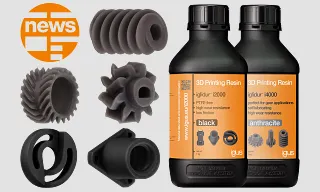
이구스의 혁신적인 최신 제품을 만나보세요!
새롭게 개발된 소재와 디지털 서비스를 통해 내마모성 플라스틱을 활용한 적층 제조(3D 프린팅) 기술을 경험해 보세요. 특히 가동형 부품 적용에 최적화된 솔루션을 제공합니다.
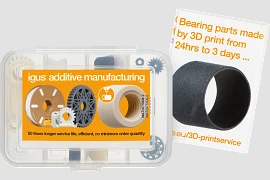
무료 샘플 박스
이구스의 다양한 3D 프린팅 부품을 직접 확인해 보세요! 지금 무료 샘플 박스를 주문하고 이구스 소재의 품질을 직접 경험해 보세요.
샘플 박스 주문하기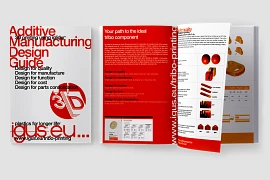
적층 제조를 위한 설계 가이드
이구스의 설계 가이드는 3D 프린팅 서비스를 활용하여 기능적인 부품을 제작하는 데 유용한 실용적인 팁을 제공합니다.
디자인 가이드 다운로드3D 프린팅 위키: 3D 프린팅에 대한 기술 정보
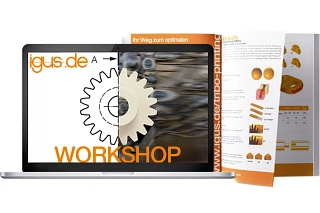
이구스의 전문성은 3D 프린팅 분야에서 다년간 쌓아온 경험의 결과물입니다.
3D 프린팅 위키에는 다음과 같은 내용이 포함되어 있습니다:
- 3D 프린팅 소재의 사양 및 가공과 관련하여 자주 묻는 질문과 답변
- 산업용 3D 프린팅을 위한 설계 지침 및 프린팅 팁
- 주제별 무료 전자 문서 다운로드
- 과거 웨비나 녹화본 및 향후 라이브 스트림을 위한 날짜
igus의 3D 프린팅 관련 FAQ

이구스의 3D 프린팅 서비스, 소재 사양, 가공 방식에 대해 고객들이 자주 묻는 질문과 그에 대한 답변을 확인해 보세요.
상담
문의사항에 개별적으로 답변해 드리겠습니다.

배송 및 상담
개인별:
월~금 오전 9시 - 오후 6시.
온라인:
24시간


